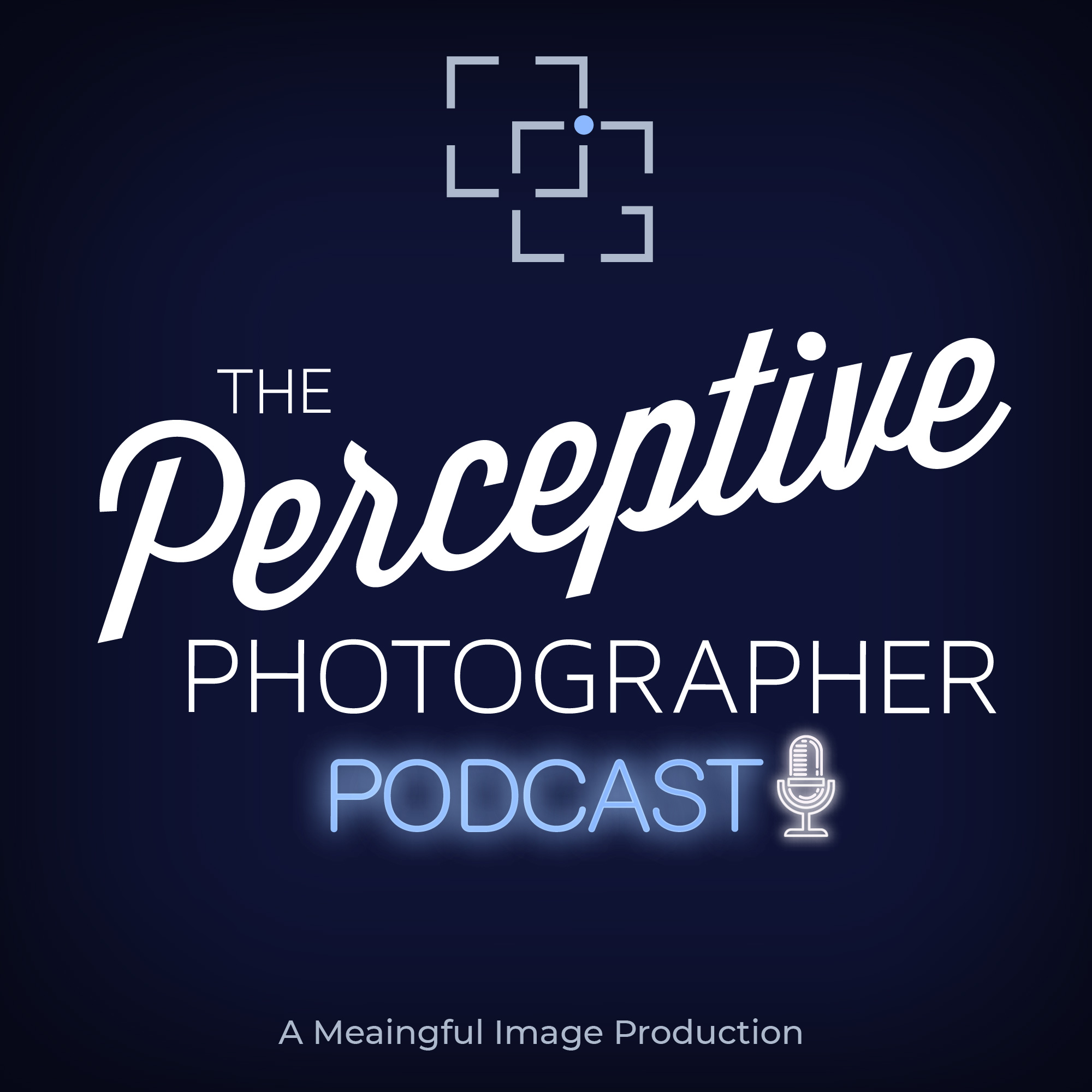Episode 309
When we think about approaching our photography, we often put things in buckets or bins. These classifications can help us identify areas of the images to work with and projects to pursue or find meaning in our work. Over time, I have grown to think about these ideas as more of a continuum or spectrum of ideas where they overlap and push into each other. Rather than creating edges, they offer up some softer transitions to more meaningful work. This week’s podcast looks at how this approach to edges and overlaps can impact our work with voice and vision.
As always, I hope you and yours are safe, and please remember to keep safe and wear your mask.
Gear used in the podcast
One of the questions I get asked frequently is what sort of equipment do I use to record my podcast. I have used a variety of equipment in the three years that I have been recording, but here is the current list of equipment that I am using. Also as an FYI and full disclosure, the links are affiliate links to Amazon.
Rode Procaster XLR microphone
Rode Boom Arm
Rode PSM Shockmount
All three Rode components a kit
Focusrite Scarlet 2i2
Adobe Audition (part of creative cloud subscription)
LogicPro X
Macbook Pro
OWC Thunderbolt 3 dock
Headphones

